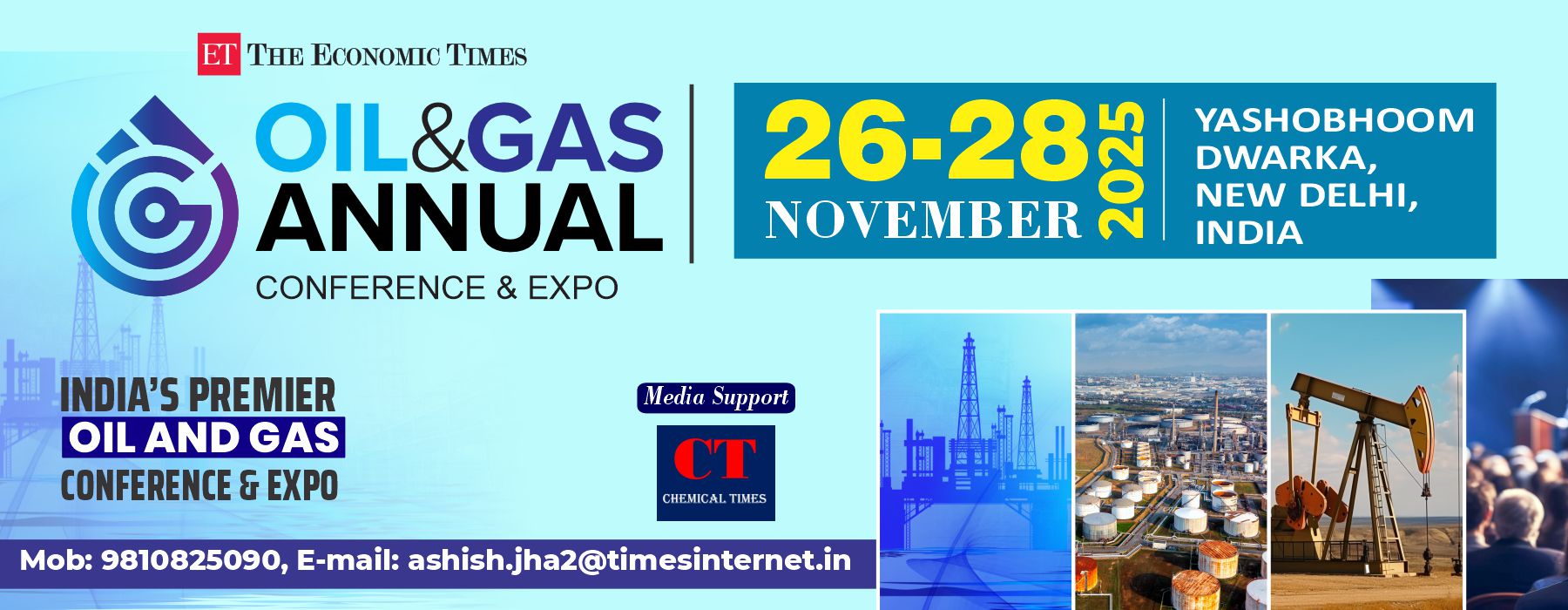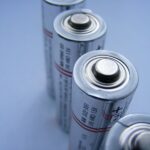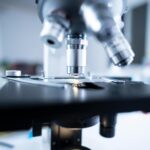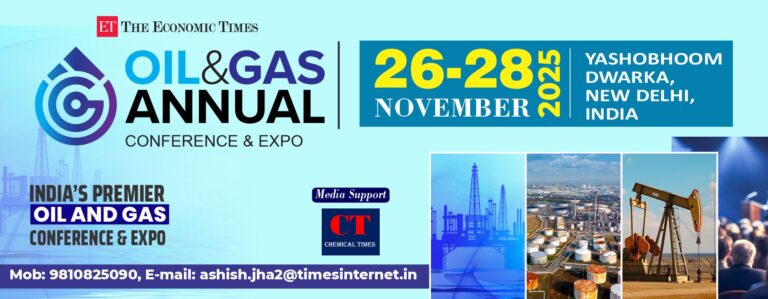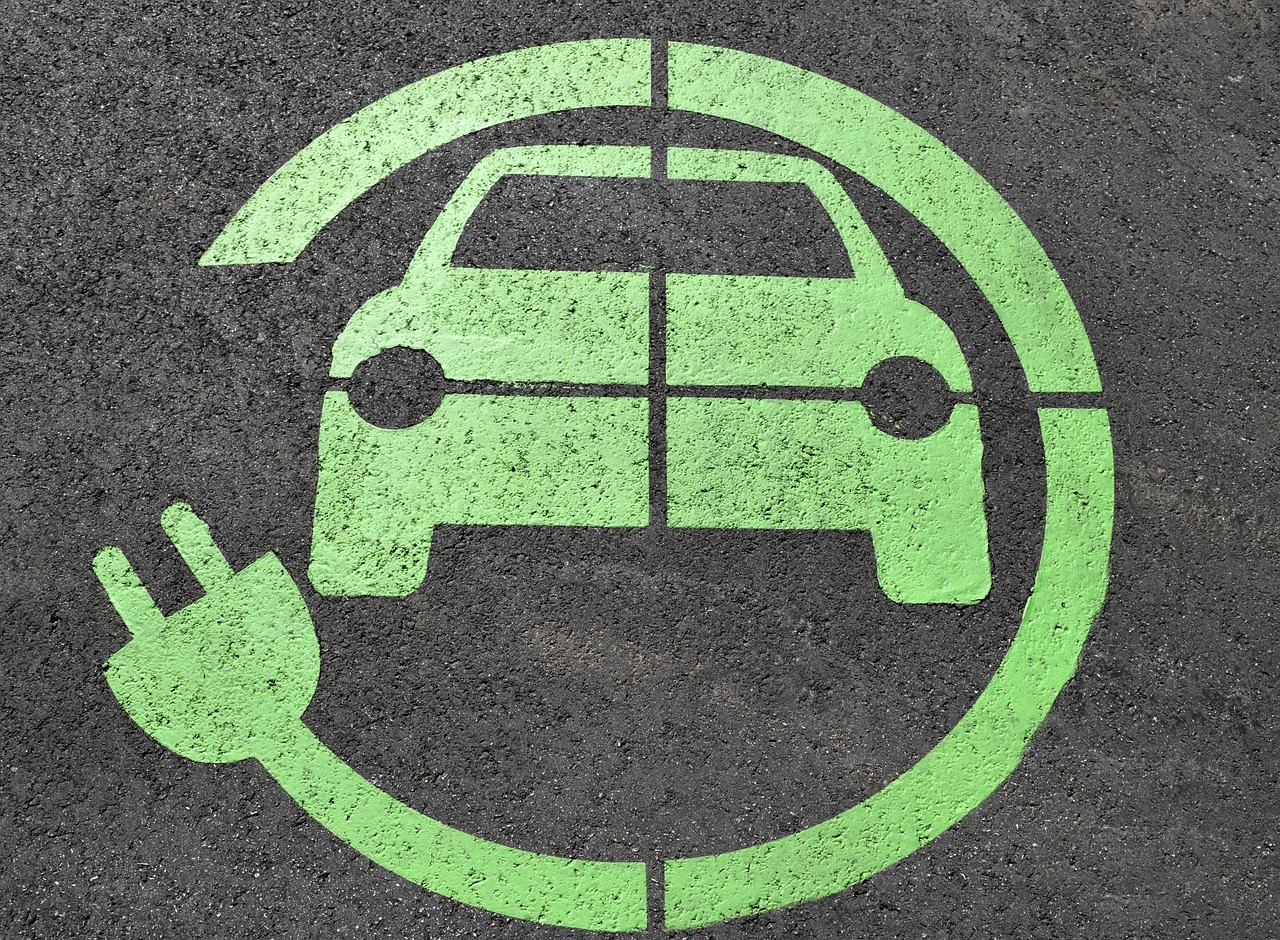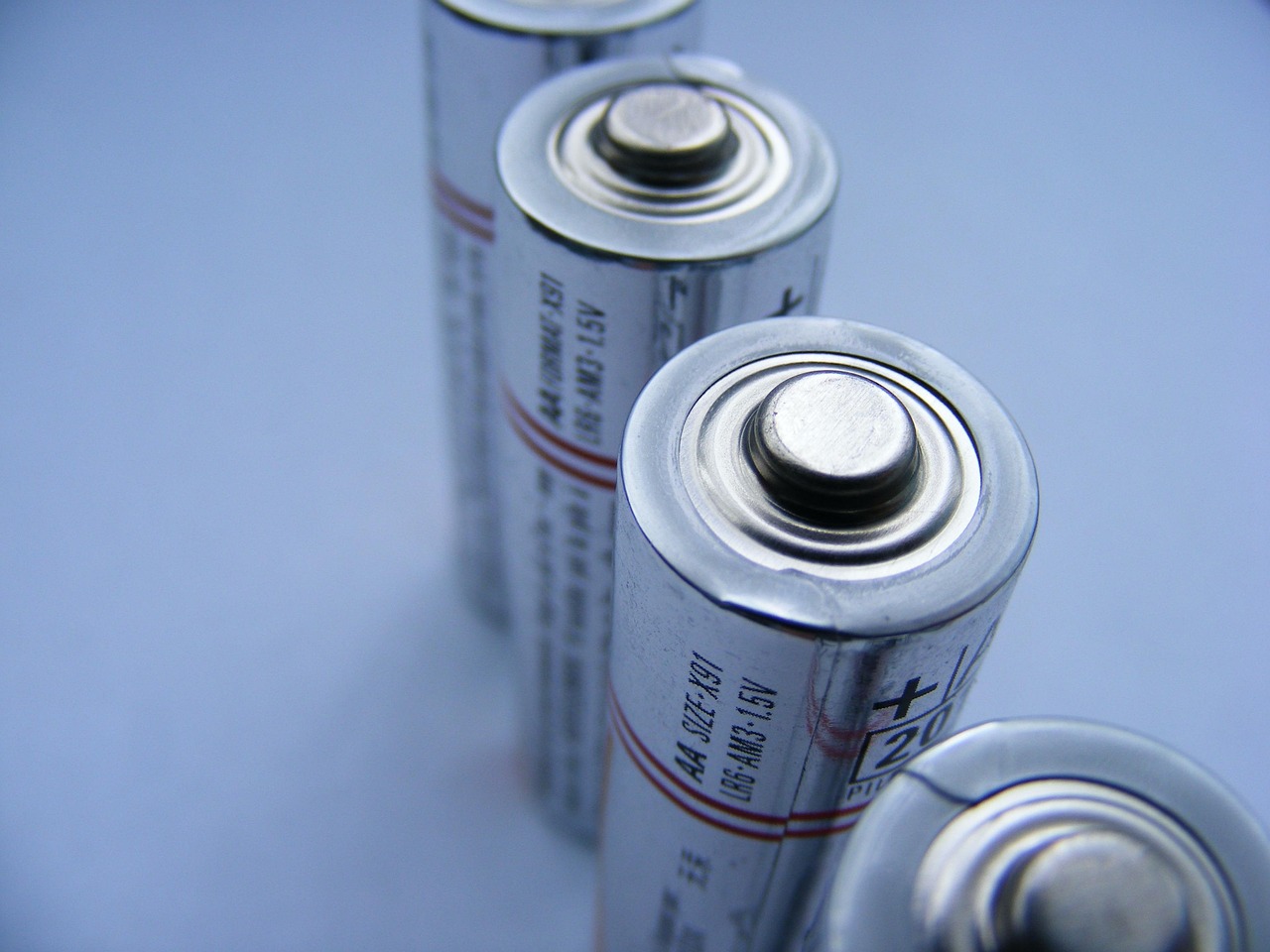A silent revolution is brewing in the world of waste management, one that promises to transform our relationship with one of modernity’s most ubiquitous materials: plastic. For decades, we’ve placed our faith in the familiar cycle of mechanical recycling—collecting, sorting, and melting plastics into new products. Yet this system is fundamentally broken. Globally, less than 10% of all plastic ever produced has been successfully recycled through traditional methods. The remainder clogs landfills, litters landscapes, and contaminates oceans, while manufacturers continue extracting fossil fuels to produce virgin plastic at an accelerating pace. This systemic failure has created what many call the plastic paradox: a material designed for durability that becomes single-use waste, and a recycling system that cannot effectively handle the complexity of modern packaging. The solution emerging from laboratories and pilot plants represents not merely an improvement to existing methods, but a complete reimagining of what recycling can be—a transformation from waste management to molecular reconstruction known as advanced recycling.
The Limitations of Conventional Approaches
To understand why advanced recycling represents such a paradigm shift, we must first examine why mechanical recycling falls short. The process seems straightforward enough: plastics are sorted by type, washed, shredded into flakes, and melted down to form new products. In practice, however, this approach faces insurmountable challenges. Food contamination renders entire batches unusable, while the intricate mixtures of polymers found in modern packaging—like the layered films in snack bags or the combination of plastics in squeeze bottles—cannot be separated through mechanical means. Perhaps most fundamentally, plastics degrade each time they undergo the heating and processing cycle, leading to a phenomenon called “downcycling” where material quality diminishes with each iteration. A transparent water bottle might become a grey plastic lumber, which then has no further recycling pathway. This downward spiral means mechanical recycling cannot create a truly circular economy—it merely delays the plastic’s eventual journey to the landfill.
The Molecular Revolution: Defining Advanced Recycling
Advanced recycling, sometimes called chemical recycling, approaches plastic waste not as a material to be reshaped, but as a chemical feedstock to be deconstructed and rebuilt. Where mechanical recycling treats plastic as a solid to be physically processed, advanced recycling treats it as a complex hydrocarbon structure to be chemically transformed. The distinction is crucial—it’s the difference between disassembling a Lego structure versus melting the bricks down to create entirely new ones. This molecular approach allows us to handle the vast majority of plastic waste currently considered “non-recyclable,” creating the potential for a genuinely circular plastic economy where waste becomes the raw material for new products of equal quality and value.
The Technological Trinity: Pathways to Molecular Deconstruction
The promise of advanced recycling is being realized through three primary technological pathways, each suited to different types of plastic waste and producing distinct outputs.
Purification: The Selective Solution
The purification approach, utilizing solvent-based processes, represents perhaps the most elegant solution for specific plastic streams. This method employs sophisticated chemical solvents to selectively dissolve target polymers from mixed waste streams, leaving contaminants and other materials behind. The process begins with mixed plastic waste entering a reactor where specialized solvents dissolve only the desired plastic type—polystyrene from food service packaging, for instance. The solution is then filtered to remove undissolved contaminants, after which the pure polymer is precipitated out through temperature changes or anti-solvents. The result is a pristine plastic resin, indistinguishable from virgin material, while the solvent is recovered and reused in a continuous loop. For chemical engineers, the challenges lie in designing highly selective solvent systems, optimizing energy-efficient separation processes, and ensuring near-total solvent recovery to minimize environmental impact and operational costs.
Depolymerization: The Precision Approach
Where purification cleans polymers, depolymerization breaks them down entirely. This process reverses the original chemical reaction that created the plastic, using heat, chemicals, or biological catalysts to break long polymer chains back into their fundamental building blocks—monomers. The process shows particular promise for condensation polymers like polyethylene terephthalate (PET) and certain nylons, where the polymerization reaction is inherently reversible. Through glycolysis or methanolysis, PET from water bottles or clothing can be systematically reduced to its original monomers, PTA and MEG. These monomers are then purified to “polymer-grade” quality and repolymerized into virgin-equivalent plastic. The engineering challenge centers on catalysis—developing highly selective and efficient catalysts that drive depolymerization at lower temperatures with maximal yields. The potential is extraordinary: creating an infinite loop where plastic bottles become new bottles of identical quality, again and again, without degradation.
Conversion: The Thermal Transformation
For the most challenging plastic wastes—mixed, contaminated, multi-laminated materials that defy other recycling methods—conversion technologies offer the most robust solution. These processes use intense heat, often in oxygen-controlled environments, to break plastics down to their molecular components. Pyrolysis, the most prominent conversion technology, heats mixed plastic waste to 400-600°C in the absence of oxygen, causing polymer chains to crack into smaller molecules. The output is a synthetic crude oil often called “plastoil,” alongside syngas and solid residues. This plastoil can be refined in conventional petrochemical facilities to create new plastics, effectively closing the carbon loop. Gasification takes this further, processing waste at even higher temperatures (>700°C) with controlled oxygen to produce syngas (hydrogen and carbon monoxide), which serves as a feedstock for chemicals, fuels, or new polymers. For engineers, the challenge lies in managing extremely variable feedstock while maintaining consistent output quality, often through advanced catalytic systems that “tune” the process toward desired chemical products rather than mere fuels.
The Implementation Landscape: Progress and Hurdles
The transition from laboratory promise to industrial reality is already underway. Major chemical companies have announced significant investments in advanced recycling facilities, with several pyrolysis and depolymerization plants operating at commercial scale in Europe and Asia. In the United States, the regulatory environment is gradually adapting, with many states now classifying advanced recycling as manufacturing rather than waste disposal—a crucial distinction that facilitates permitting and operation. The market momentum is bolstered by brand owners committing to incorporating recycled content in their packaging, creating guaranteed demand for the outputs of these facilities.
Yet significant hurdles remain before advanced recycling can achieve its transformative potential. The economic viability of these processes remains tightly coupled to virgin plastic prices, which are themselves tied to fossil fuel markets. When oil prices are low, virgin plastic production enjoys a cost advantage that advanced recycling struggles to overcome. The energy intensity of these processes, particularly thermal conversion, raises legitimate questions about their net environmental benefit—questions that can only be answered through comprehensive life-cycle assessments and the integration of renewable energy sources. Scaling these technologies to process the millions of tons of plastic waste generated annually represents another monumental challenge, requiring billions in capital investment and years of construction. Perhaps most critically, advanced recycling facilities require consistent, sorted feedstock streams to operate efficiently, highlighting the continued importance of collection and sorting infrastructure—the very same systems that have proven inadequate for mechanical recycling.
Beyond Technology: System Integration and Ethical Considerations
The success of advanced recycling ultimately depends on its integration into a broader ecosystem of waste management solutions. It is not a silver bullet that will replace reduction, reuse, or mechanical recycling, but rather a complementary technology that addresses waste streams those approaches cannot handle. In a optimized system, simple, single-polymer packaging would continue through mechanical processes, while complex, multi-material packaging would flow to advanced recycling facilities. This division of labor acknowledges that different waste streams require different solutions.
The ethical dimension of advanced recycling cannot be overlooked. Some environmental advocates express concern that focusing on recycling solutions may undermine efforts to reduce plastic production altogether—a version of the “moral hazard” argument. Others question whether emissions from thermal processes might create new environmental problems while solving the waste issue. These concerns highlight the need for transparent operations, rigorous independent monitoring, and ongoing dialogue between industry, regulators, and environmental organizations. The social license to operate these facilities must be earned through demonstrably safe operations and verifiable environmental benefits.
The Path Forward: A Circular Vision
The development of advanced recycling represents more than a technical achievement—it signifies a fundamental shift in how we perceive material value. Where others see waste, practitioners of advanced recycling see potential. A discarded food pouch becomes tomorrow’s water bottle; a tangled mess of fishing nets becomes automotive components. This vision of a circular economy, where materials flow in continuous loops rather than linear trajectories from well to waste, represents our most promising path toward reconciling modern convenience with environmental responsibility.
For chemical engineers, this field offers a generational challenge and opportunity. It demands expertise in reaction engineering, catalysis, thermodynamics, and process design to build the efficient, safe, and economically sustainable systems of tomorrow. The molecules we once designed for durability now require equally sophisticated pathways for deconstruction and rebirth. As research advances and facilities scale, the promise of advanced recycling begins to materialize: not as a distant fantasy, but as a practical, scalable solution to one of our most persistent environmental dilemmas. In this emerging paradigm, the plastic paradox finds its resolution—the very durability that made plastic a environmental problem becomes the key to its sustainable future, and what was once waste transforms into worth.
